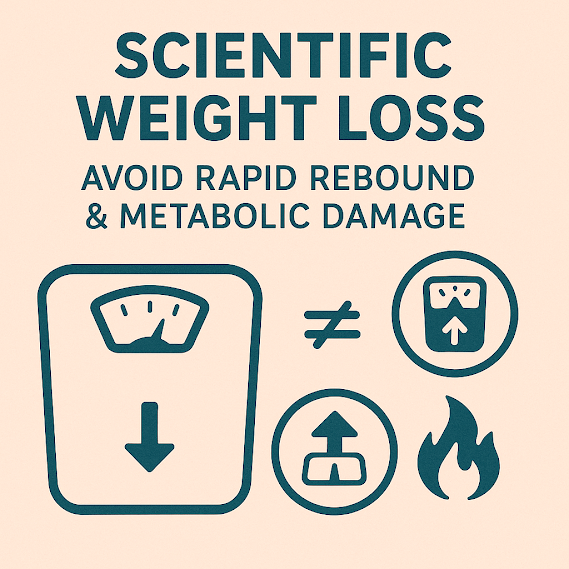Three Things to Know for Quick Weight Loss

Weight loss is a lifelong pursuit for many women, yet some struggle to shed pounds despite their efforts. Are you aware of these three key insights about weight loss?
Insight 1: Building Muscle Isn’t as Easy as You Think
Women naturally have higher estrogen levels than men, making it harder to build muscle. Even professional female bodybuilders rely on supplements and intense training to achieve significant muscle mass. Thus, the fear that exercise will bulk up your calves is largely unfounded. Why, then, do some notice prominent calf muscles during activities like tiptoeing? The answer lies in a layer of fat over the muscle tissue. Even a 5mm layer of fat—less dense and bulkier than muscle—creates a striking visual difference.
Aerobic exercises like running and swimming effectively reduce calf fat. Equipment such as rowing machines and ellipticals are excellent for slimming legs. For those who prefer simplicity, start with 20-minute jogs in the morning or afternoon to ease into a routine, increasing to 40 minutes daily after two weeks.
For women with naturally muscular calves, often due to shorter gastrocnemius muscles, try this test: stand barefoot with feet shoulder-width apart, arms extended parallel to the ground, and squat as low as possible. If your heels wobble before stabilizing, avoid exercises that overly strain your calves and regularly check your posture in a mirror to prevent added leg stress. Stretching exercises or yoga can also help guide muscle development.
Insight 2: Your Body’s Changes Follow Its Own Rules
Claims like “15 moves for a toned tummy” or “10 minutes a day for slimmer legs” suggest targeted exercises can quickly reshape specific areas. While exercise benefits muscle endurance and cardiovascular health, spot reduction or spot muscle growth is not guaranteed. The body’s energy system is holistic, not localized. Muscles don’t draw energy directly from nearby fat; instead, glycogen from the liver, blood, and body-wide fat stores is transported via the bloodstream. Fat loss occurs uniformly across the body, so targeted slimming requires overall weight loss.
Focusing on one area can aid muscle shaping, but reducing fat in a specific spot demands whole-body exercise combined with a balanced diet, followed by targeted training. In short, localized workouts shape muscles, but global efforts are key for fat loss.
Insight 3: Weight Gain Isn’t Just from Eating, and Weight Loss Isn’t Just from Starving
The first instinct for many aiming to lose weight is to skip meals. Fasting or semi-fasting—eating little to no food—minimizes calorie intake for rapid weight loss. While fasting is the fastest way to “lose weight” short-term, it primarily reduces water and muscle, not fat, the tissue most people want to eliminate.
The initial drop on the scale largely reflects water loss as the body dehydrates, sometimes shedding up to 10 pounds. Then, the body enters an energy-conservation mode, slowing metabolism and reducing muscle mass—critical components unrelated to fat. As hunger signals intensify, resisting the urge to eat becomes a daily battle. Persisting with fasting yields diminishing returns, as weight loss slows, leading to frustration, irritability, or even emotional collapse, which explains why fasters often feel moody and struggle with daily tasks.
If you resume eating, the body, still in storage mode, converts most calories into fat rather than burning them, often resulting in a higher weight than before. Like a child hoarding scarce food, the body stores energy to prepare for future shortages. Once normal eating resumes, you may gain extra pounds—ironically, from starving.











Comments
Post a Comment